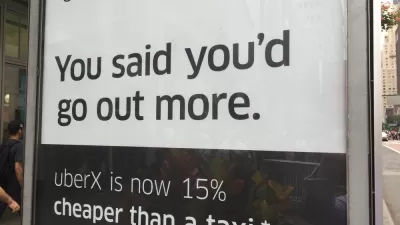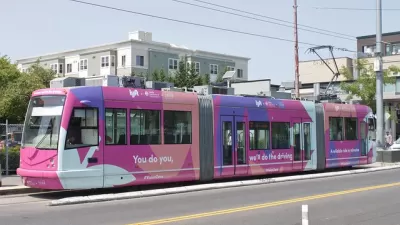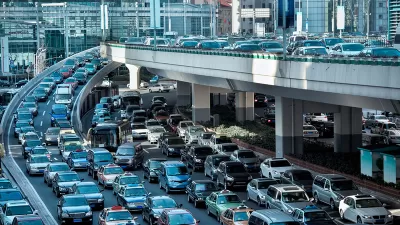After a court battle, the two big transportation network companies finally released trip data, revealing rapid growth and a concentration of rides in the city's most congested areas.

"The two ride-hailing giants [Uber and Lyft] provided more than 91,000 rides on an average day in the second quarter of this year, according to ridership reports the companies filed with the city, recently made publicly available for the first time," reports David Gutman. The state supreme court forced Uber and Lyft to release the data, and the companies finally did so in September
"While that’s just a fraction of daily travel in the Seattle region, Uber and Lyft trips are heavily concentrated in the city’s densest neighborhoods, where nearly 40,000 rides a day start in ZIP codes covering downtown, Belltown, South Lake Union and Capitol Hill," adds Gutman.
Gutman's conclusion based on this information: Uber and Lyft "are almost certainly contributing to worsening congestion."
Still, Seattle is one of the few cities in the country where transit ridership is increasing, so these findings do not show these transportation network companies (TNCs) poaching rides from public transit, as research has found in other cases. The findings do, however, echo recent analysis from San Francisco, which found TNCs adding 25 percent to the city's congestion. An earlier report by Schaller Consulting also estimated that TNCs had added 94 million additional vehicle moles to Seattle-area roads in 2017.
Gutman also details the history of Seattle's efforts to force Uber and Lyft to reveal their ridership data—a process that culminated in September of this year, shortly after Schaller Consulting revealed its analysis. Boston also requires publicly available trip data from TNCs. That city saw 96,000 TNC trips per day in 2017.
FULL STORY: How popular are Uber and Lyft in Seattle? Ridership numbers kept secret until recently give us a clue

Alabama: Trump Terminates Settlements for Black Communities Harmed By Raw Sewage
Trump deemed the landmark civil rights agreement “illegal DEI and environmental justice policy.”

Planetizen Federal Action Tracker
A weekly monitor of how Trump’s orders and actions are impacting planners and planning in America.

The 120 Year Old Tiny Home Villages That Sheltered San Francisco’s Earthquake Refugees
More than a century ago, San Francisco mobilized to house thousands of residents displaced by the 1906 earthquake. Could their strategy offer a model for the present?

Ken Jennings Launches Transit Web Series
The Jeopardy champ wants you to ride public transit.

BLM To Rescind Public Lands Rule
The change will downgrade conservation, once again putting federal land at risk for mining and other extractive uses.

Indy Neighborhood Group Builds Temporary Multi-Use Path
Community members, aided in part by funding from the city, repurposed a vehicle lane to create a protected bike and pedestrian path for the summer season.
Urban Design for Planners 1: Software Tools
This six-course series explores essential urban design concepts using open source software and equips planners with the tools they need to participate fully in the urban design process.
Planning for Universal Design
Learn the tools for implementing Universal Design in planning regulations.
Clanton & Associates, Inc.
Jessamine County Fiscal Court
Institute for Housing and Urban Development Studies (IHS)
City of Grandview
Harvard GSD Executive Education
Toledo-Lucas County Plan Commissions
Salt Lake City
NYU Wagner Graduate School of Public Service





























